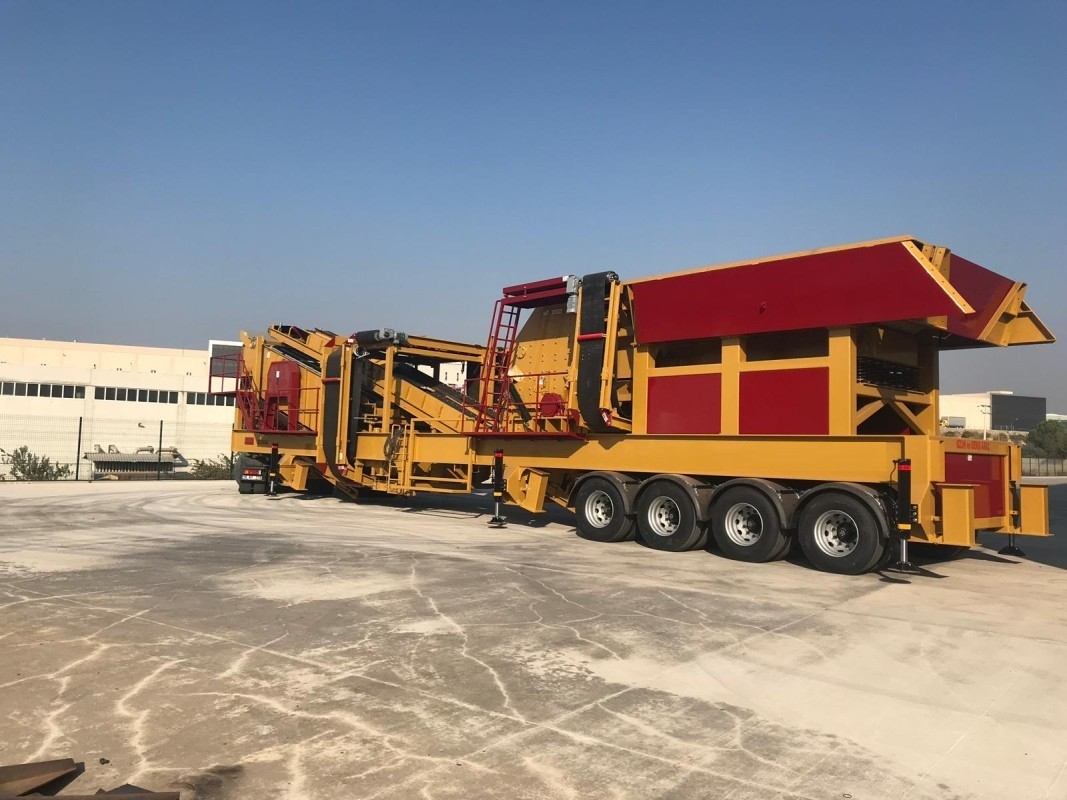Manufacture of Mobile Crusher and Screening Plants
Mobile crushing and screening plants are essential equipment for the mining, construction, and recycling industries. These machines are designed to process materials such as rocks, aggregates, and debris in a mobile and flexible way. The main components of mobile crusher and screening plants include crushers, vibrating screens, conveyors, and feeding systems. These plants are versatile and can be used for a variety of operations, including crushing, screening, washing, and sorting materials at the site of extraction or recycling.
Key Advantages of Mobile Crushing and Screening Plants:
-
Portability:
Mobile plants are easy to transport, making them suitable for projects that require moving between different locations. -
Flexibility:
These plants can be quickly adapted to different materials and processing requirements. -
Cost-Effectiveness:
By eliminating the need for transporting raw materials to a stationary plant, operational costs are significantly reduced. -
High Efficiency:
Mobile crushers and screens are designed for high-performance, capable of handling large volumes of materials. -
Environmentally Friendly:
Mobile crushing and screening reduce the environmental impact by processing materials directly at the source, decreasing transportation and carbon emissions.
Applications:
-
Construction Industry:
Crushing and screening aggregates for road construction, bridges, and infrastructure projects. -
Mining Industry:
Processing minerals and ores for extraction. -
Recycling:
Crushing concrete, asphalt, and other construction waste for reuse.
Manufacturing Process:
-
Design and Engineering:
The design process includes selecting materials, engineering the structure, and ensuring that the plant meets performance requirements. -
Assembly:
Mobile plants are assembled in a factory setting where components such as crushers, screens, and conveyors are put together. -
Testing:
Each unit is tested for operational efficiency, safety, and durability before delivery. -
Delivery and Installation:
Once assembled, the plant is transported to the site and installed. On-site training is also provided for operators.
 English
English
 Le français
Le français
 Türkçe
Türkçe

